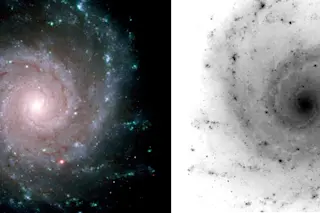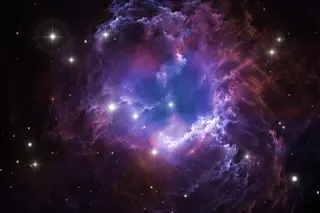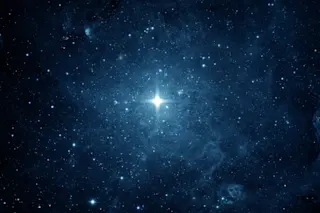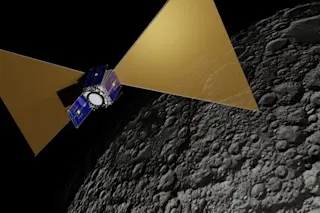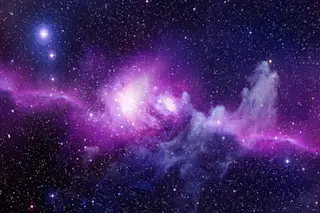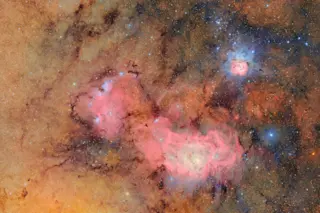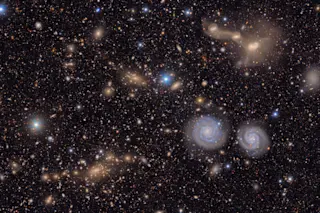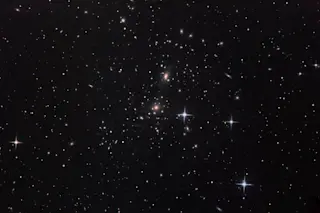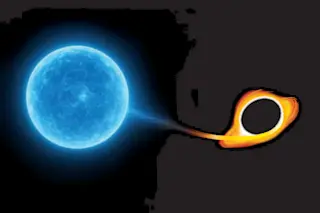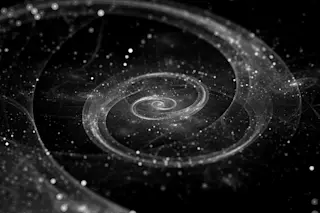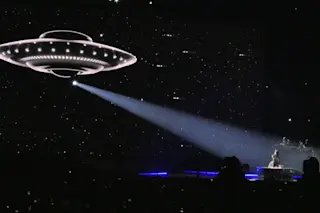I am a light-matter chauvinist. Don’t snicker; you’re probably one, too. Almost all of us are.
We think of ourselves, and the world immediately around us, as something special. And by extension we regard our kind of matter — atoms, molecules, rocks, water, air, stars and all of the other things that interact with visible light — as the most important kind of matter in the universe. The only matter that matters, as it were.
Science tells a starkly different story. Last spring, the European Space Agency’s Planck spacecraft completed an ultraprecise 15-month census of the composition of the universe. The kind of matter that we can see makes up 4.9 percent of the total. Another fundamentally invisible type of matter vastly outweighs it, accounting for 26.8 percent. (The remaining 68.3 percent is an even more baffling component that consists of formless energy: That means more than two-thirds of the ...


